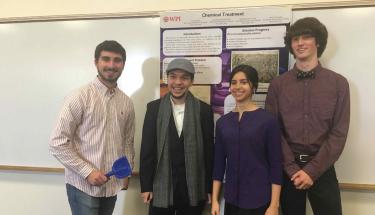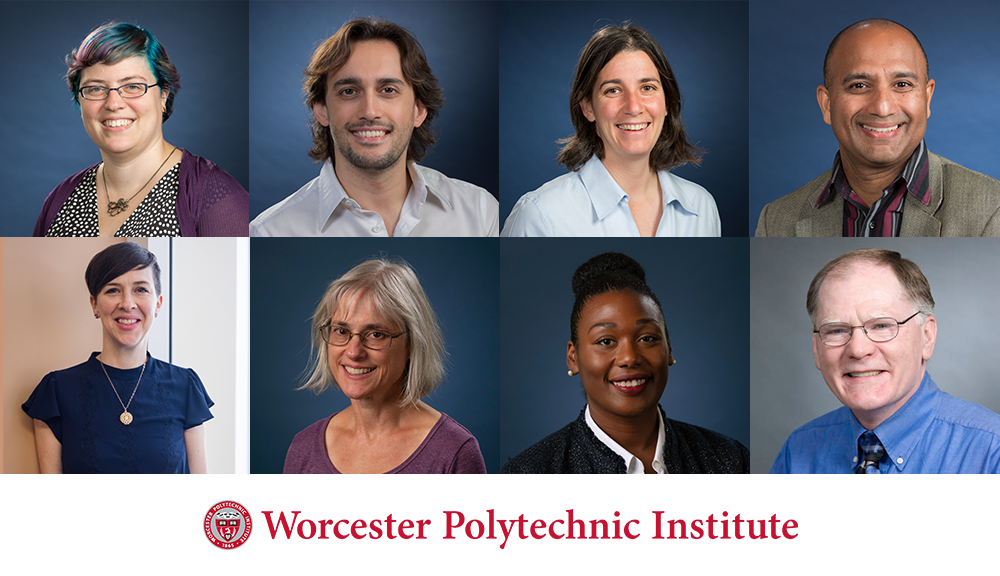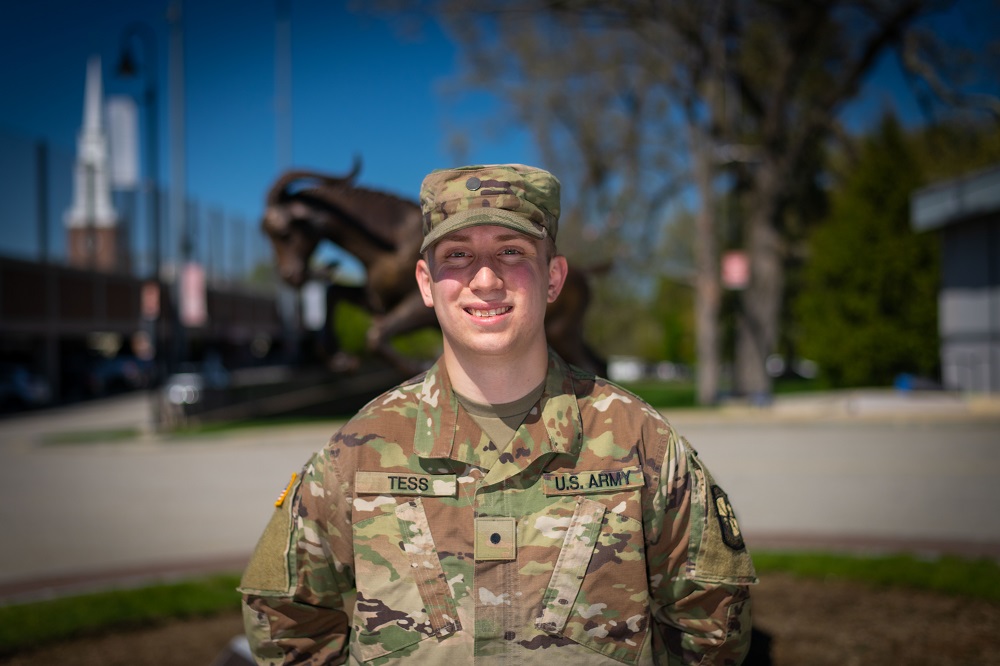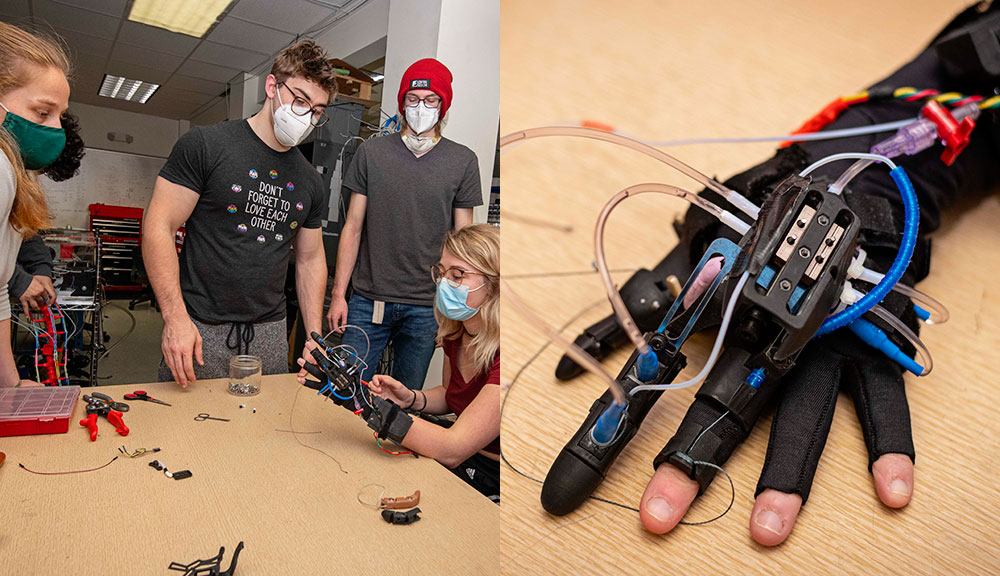When people think of role-playing games (RPGs), pencils and paper and 20-sided dice might come to mind. It’s a fun way to pass the evenings, but probably doesn’t have a place in the classroom.
A group of WPI professors and staff proved that wrong when their paper, “The Theatre of Humanitarian Engineering,” was selected as the Liberal Education/Engineering and Society (LEES) Division’s Best Paper at the 2017 at the American Society for Engineering Education (ASEE) annual conference.
The paper was crafted by chemical engineering professor David DiBiasio; associate director of the Center for Project-Based Learning Paula Quinn; librarian for project-based learning and research impact Laura Robinson; humanities and arts professor and department head Kristin Boudreau; mechanical engineering professor John Sullivan; and civil and environmental engineering professor John Bergendahl. It was based on a course developed and co-taught by this team as well as undergraduate studies professors Leslie Dodson and Curtis Abel and biomedical engineering professor Glenn Gaudette. The paper discusses their experimental RPG course, Humanitarian Engineering Past and Present, and the benefits that its unique structure and teaching style has for students.
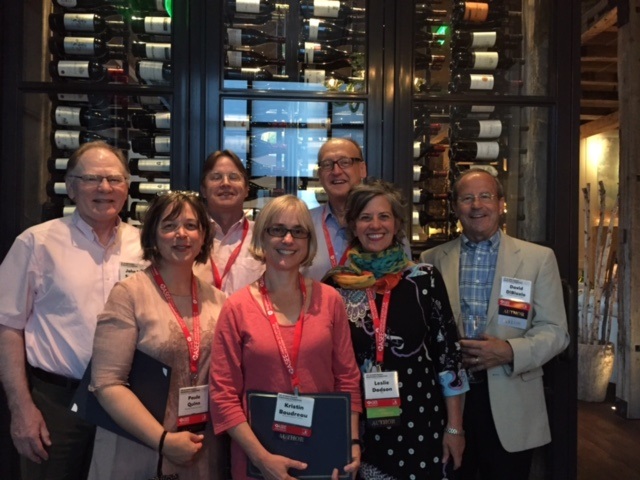
Members of the team at the ASEE conference
in Ohio in June.
“Seeing this work acknowledged by ASEE is incredibly exciting,” says Robinson, who was Boudreau’s first collaborator on the course in 2011, when HUA inquiry seminar students began working to develop the RPG. Since then, Robinson has worked to help students find historical materials and to assess their information literacy. “It validates at a national level the best of what we do here at WPI: enable students to work together across many models of understanding to learn, grow, and solve problems.”
“[It’s] a huge honor for us, because the scholars working in this [LEES] division are doing very difficult work bringing engineering and liberal education together,” Boudreau adds.
Drawing inspiration from Barnard College’s Reacting to the Past series, Boudreau began working on the course over five years ago, originally as part of an inquiry seminar in humanities and arts. More recently, Gaudette’s Kern Entrepreneurial Engineering Network (KEEN) grant gave the project invaluable seed funding that brought the full team together to develop and teach the course.
“When Kris came to me a couple of years ago, described the game and the course, and invited me to participate, I recall being impressed by her concept, but I was also a bit confused about how it would all work,” DiBiasio says. “However, once she mentioned sanitation, I realized, ‘you had me at sewage,’ since I had some practical experience working in domestic and industrial waste treatment facilities. That choice of sanitation as a technical focus was critical in allowing us to integrate important engineering concepts with humanitarian issues into the curriculum in a significant way.”
“For me, it’s been so much fun—and such a privilege—to work so closely designing, teaching, assessing, and then writing about our course with the WPI faculty who have been part of the project,” Boudreau says.
According to the team’s paper, Humanitarian Engineering Past and Present combines engineering and humanities course content by “... [putting] students imaginatively into a complex nineteenth-century context as they consider how to provide a waste management solution for an expanding urban population.” Students were assigned roles to play for the duration of the course, ranging from engineers and industrialists to public health officials and city residents; while in character, they had to react to challenges and setbacks as well as victories, learn and practice core engineering concepts, and consider how their character could contribute to solving the waste management problem.
“It’s a really remarkable campus we have, where a literature professor could team up with a civil engineer, a chemical engineer, a biomedical engineer, a mechanical engineer, an entrepreneurial engineer, a research librarian, and a former broadcast journalist to teach a course like this. The course we’ve developed would never have been possible without WPI’s collaborative and transdisciplinary environment.” -Kristin Boudreau
In addition to receiving character sheets that included readings to help them better understand the roles of their characters and the obstacles they faced, students participated in lectures, labs, and other assignments to help them prepare potential solutions to present at the end of the course.
Humanitarian Engineering Past and Present has been taught twice as part of the Great Problems Seminar program, and will be offered again in the spring of 2018. There are also plans in the works for the course to become modular, so that teachers at other institutions could teach parts of it. “Our hope is that teachers around the world will want to try using this RPG in the classroom and that their students will be able to experience something a little bit like an IQP (Interactive Qualifying Project),” Boudreau explains.
The interdisciplinary nature of the course and the way it came to be is an ideal example of WPI’s dedication to teamwork and innovation, something that isn’t lost on Boudreau and DiBiasio.
“The journey from course design to implementation has been challenging but extremely rewarding, and, yes, fun,” DiBiasio says. “The ASEE recognition is a tribute to the instructional team, and I am honored to be part of this interdisciplinary work.”
“It’s a really remarkable campus we have, where a literature professor could team up with a civil engineer, a chemical engineer, a biomedical engineer, a mechanical engineer, an entrepreneurial engineer, a research librarian, and a former broadcast journalist to teach a course like this,” Boudreau says. “The course we’ve developed would never have been possible without WPI’s collaborative and transdisciplinary environment.”
- By Allison Racicot
